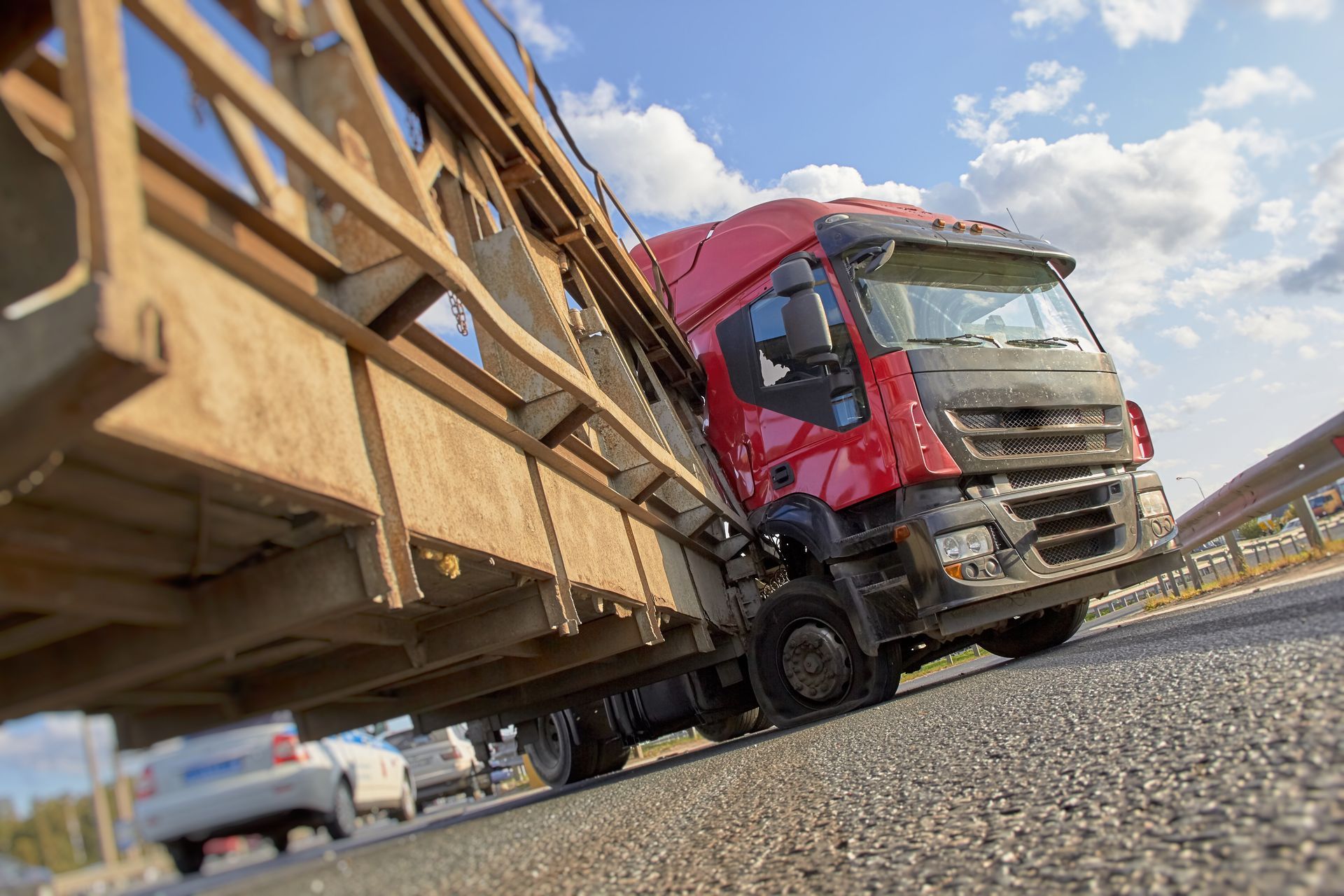How Technology Is Improving Truck Safety

In recent years, advancements in technology have significantly enhanced safety across various industries, and the trucking industry is no exception. Given the size and weight of trucks, accidents involving these vehicles can be particularly devastating. Thus, incorporating advanced technology into trucks is not just a luxury but a necessity to improve safety for truck drivers and other road users.
Advanced Driver Assistance Systems (ADAS)
One of the most impactful technological advancements in truck safety is the development and implementation of Advanced Driver Assistance Systems (ADAS). These systems encompass a variety of technologies designed to assist drivers in navigating roads more safely.
Key features of ADAS include:
- Adaptive Cruise Control (ACC): This system automatically adjusts the truck’s speed to maintain a safe following distance from the vehicle ahead. By reducing the likelihood of rear-end collisions, ACC helps enhance road safety.
- Lane Departure Warning (LDW) and Lane Keeping Assist (LKA): LDW alerts drivers if they unintentionally drift out of their lane, while LKA can gently steer the truck back into the correct lane if necessary. These features are crucial in preventing accidents caused by driver inattention or fatigue.
- Automatic Emergency Braking (AEB): AEB systems detect potential collisions and apply the brakes automatically if the driver does not react in time. This technology is particularly effective in mitigating rear-end collisions and reducing the severity of impacts.
Telematics and Fleet Management Systems
Telematics technology has revolutionized fleet management by providing real-time data on truck location, driver behavior and vehicle health.
These systems offer several safety benefits:
- Real-Time Monitoring: Fleet managers can monitor driving behavior, such as speeding, harsh braking and rapid acceleration. By identifying and addressing unsafe driving practices, companies can improve overall road safety.
- Predictive Maintenance: Telematics systems can predict when a truck will need maintenance based on data from various sensors. Preventative maintenance makes sure that trucks are in optimal condition, reducing the likelihood of breakdowns and accidents caused by mechanical failures.
- Route Optimization: Advanced telematics can analyze traffic patterns and road conditions to suggest the safest and most efficient routes. This helps in avoiding high-risk areas and reducing the chances of accidents.
Electronic Logging Devices (ELDs)
Electronic Logging Devices (ELDs) are now mandated in many regions to ensure that truck drivers comply with hours-of-service regulations. These regulations are designed to prevent driver fatigue, a major cause of truck accidents. ELDs automatically record driving hours, so that drivers take necessary breaks and do not exceed legal driving limits. By reducing fatigue-related incidents, ELDs play a vital role in enhancing road safety.
Collision Avoidance Systems
Collision avoidance systems use a combination of radar, cameras, and sensors to detect potential hazards around the truck. These systems can alert the driver to obstacles in the vehicle’s path and, in some cases, take corrective actions such as steering or braking. By providing an additional layer of safety, collision avoidance systems help prevent accidents that could result from driver error or inattention.
Blind Spot Detection Systems
Due to their size, trucks have significant blind spots that can make it difficult for drivers to see other vehicles. Blind spot detection systems use sensors to monitor areas around the truck that are not visible to the driver. When a vehicle enters the truck’s blind spot, the system alerts the driver, reducing the risk of side collisions during lane changes.
Improved Visibility and Lighting
Technological advancements have also led to significant improvements in truck lighting and visibility. High-intensity discharge (HID) and LED headlights provide better illumination of the road ahead, making it easier for drivers to see potential hazards. Additionally, advancements in mirror technology and the use of cameras provide drivers with a better view of their surroundings, further enhancing safety.
Autonomous and Semi-Autonomous Trucks
While fully autonomous trucks are still in development, semi-autonomous features are already being implemented in commercial vehicles. These features can take over certain driving tasks, such as highway driving, which can reduce the risk of accidents caused by human error. Autonomous technology has the potential to revolutionize truck safety by minimizing the impact of driver fatigue, distraction and other human factors.
Training and Simulation
Technology is also being used to improve driver training through advanced simulators. These simulators provide a realistic driving experience, allowing drivers to practice handling various scenarios in a controlled environment. By improving driver skills and preparedness, simulation training helps reduce the likelihood of accidents on the road.
Connect With a Truck Crash Lawyer Today from ATL Elite Lawyers
A good Atlanta truck accident attorney should appreciate the physical, emotional and financial toll a truck accident can take. We’ve strive to identify local attorneys who exhibit both the skill and compassion that people injured in truck accidents appreciate during claim negotiations and litigation.
Visit the attorneys page at ATL Elite Lawyers today and consider contacting one of the lawyers listed there.


